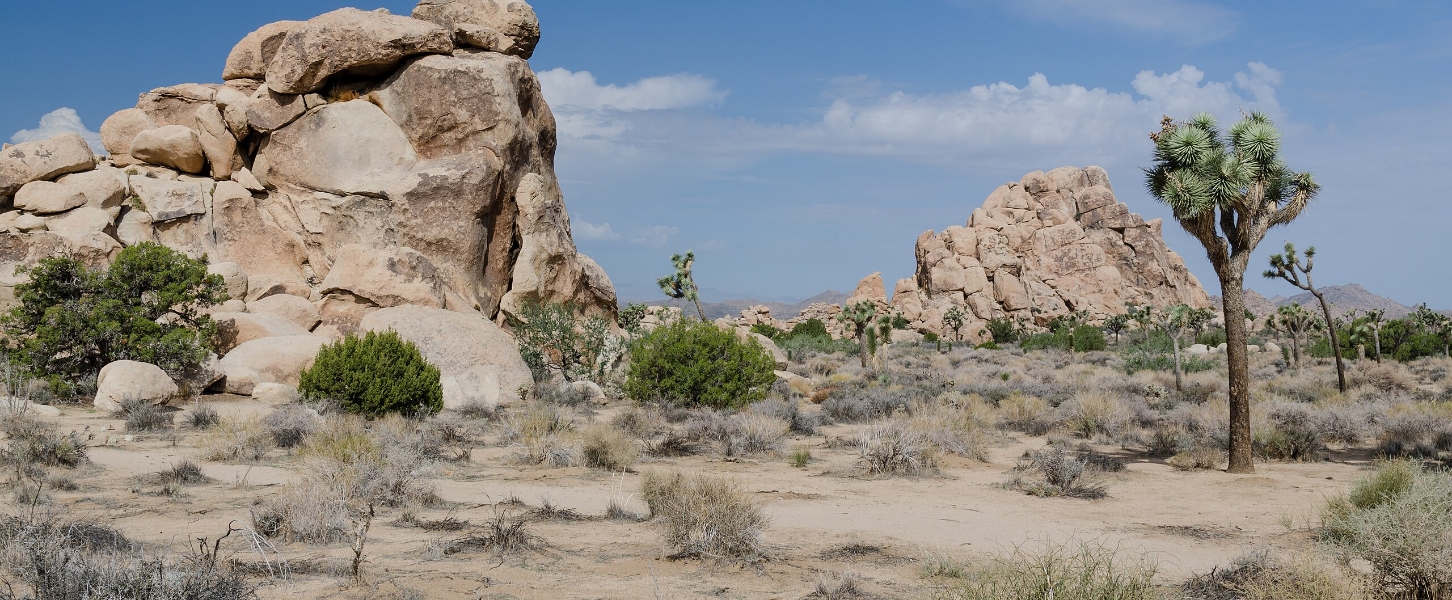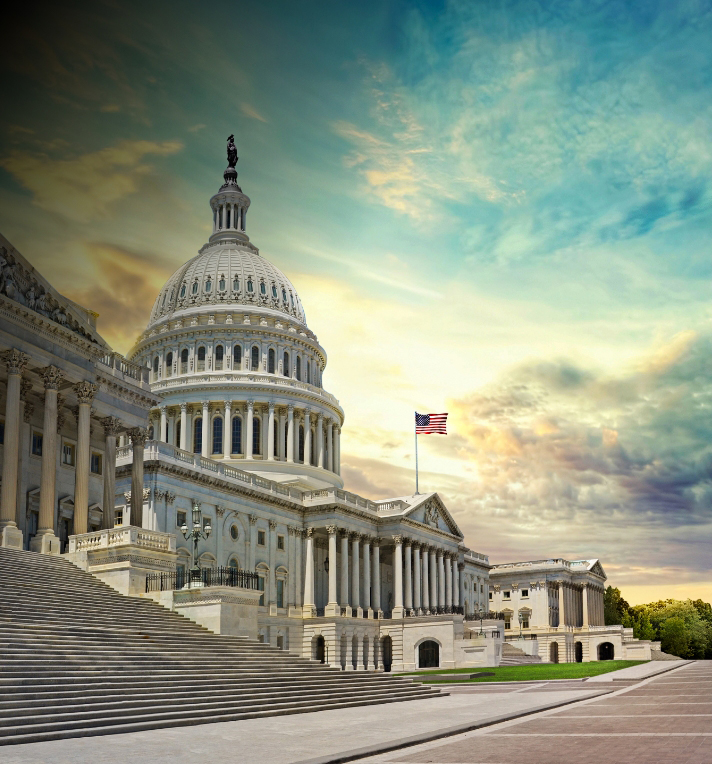2022 Report Card for New York’s Infrastructure
New York’s transportation network, especially in the New York City metropolitan area, is under immense strain in the context of an environment where needs outweigh available funding. Broadly, State and Local agencies have utilized coordinated funding solutions to make improvements in recent years, however there is serious concern for the adequacy of future funding. Half of the State’s roads are in fair or poor condition, 10% of its bridges are in poor condition. Reduced ridership during the pandemic has exacerbated shortfalls for aviation and transit operations, leaving significant budget shortfalls looming in the coming years.
Recent supply chain issues and congestion have demonstrated the essential role America’s multimodal freight network serves in the national and global economy. New York supports one of the busiest port systems in the U.S., along with 3,279 miles of rail lines. Ports and the smaller freight railroads face substantial funding backlogs to maintain and prepare structures for future needs. While the majority of freight rail is privately supported, the Port Authority of New York New Jersey has identified a capital need of $20 billion to replace mission-critical wharf structures, greatly exceeding financial resources. Passenger rail also faces severe maintenance shortfalls as Amtrak’s Northeast Corridor faces a $38 billion backlog.
Water, waste management and leisure infrastructure are critically impactful aspects of public welfare, and unfortunately often overlooked. Funding for public parks decreased 6% in 2021 compared to 2020. While the state has abundant freshwater resources, water and wastewater systems are among the oldest in the country, and many of New York’s dams were built before modern design standards. The 20-year need for drinking water is estimated at $44.2 billion, and wastewater systems will required $38 billion through the same period. Discovery and regulation of new environmental contaminants will be a point of greater emphasis for water and wastewater systems in the future. Solid Waste was found adequate, with approximately 16-25 years of available landfill capacity, but recycling lags behind the national average.
Click here to read the New York Report Card executive summary.
-
Explore New York
- Grades
- State Fact Sheet
- IIJA Grants
New York Infrastructure Grades
A: Exceptional, B: Good, C: Mediocre, D: Poor, F: Failing
Each category was evaluated on the basis of capacity, condition, funding, future need, operation and maintenance, public safety, resilience, and innovation
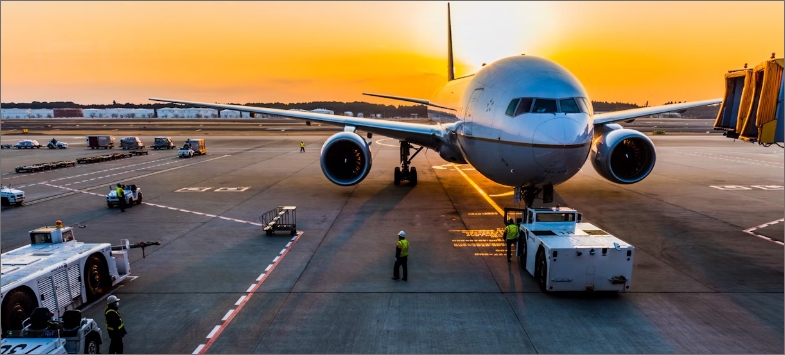

Aviation
New York State has 131 active, public aviation facilities, and 19 of these facilities provide commercial service, such as LaGuardia and Syracuse International Airports. More than 500,000 New York jobs are related to aviation, contributing over $6 billion in state and local tax revenue each year. Over 97% of runways are considered in good or fair condition, and total investment in airports since 2017 is approximately $1.18 billion, not including CARES Act or COVID-19 relief funding. However, capacity at commercial and general aviation airports can be a challenge. The infrastructure funding gap was estimated from 2017 to 2026 to be $2.5 billion at non-PANYNJ airports; the shortfall rises to $13.7 billion when PANYNJ airports are included. Investment is necessary to keep up with projected growth in passenger and air cargo volumes.
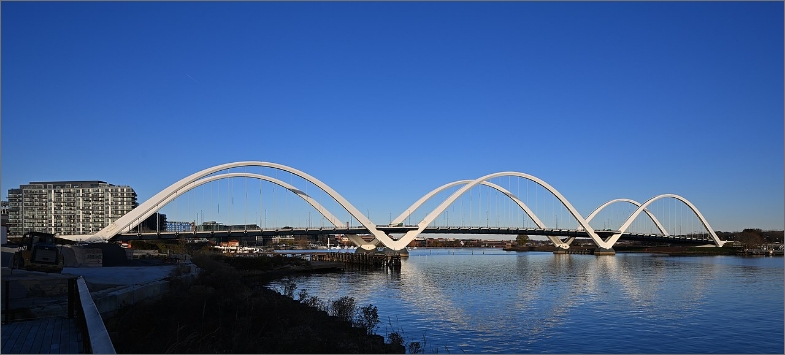

Bridges
New York State (NYS) has made significant strides in advancing its bridge program, from high profile replacements of critical lifeline bridges, such as the Governor Mario M. Cuomo and Thaddeus Kosciusko Bridges, to the reconstruction or replacement of hundreds of smaller bridges to improve resilience to flooding events. However, much more work remains to be done: NYS has over 17,500 road and highway bridges, carrying 176 million vehicles per day, whose combined length could stretch from Albany, NY to Miami, FL. Almost 10% of NYS bridges are in poor condition, which is above the national average; and 637 bridges are posted for less than legal loads. The federal Infrastructure Investment and Jobs Act, coupled with the subsequent 2022 New York State Budget will go a long way to addressing the state’s bridge needs, but we still fall short of the total need.
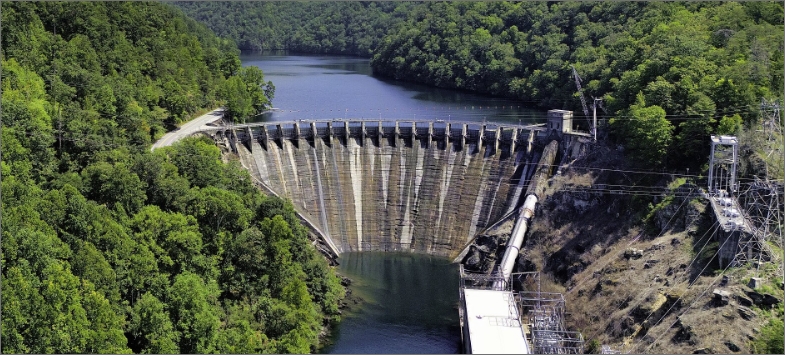

Dams
New York dams are vital to the state’s infrastructure, providing water supply, flood protection, hydroelectric power, and recreational spaces. On average, New York’s dams are significantly older than those across the rest of the United States, and many of them were built before modern design standards. The average New York dam is 86 years old (74 years for state-regulated dams), while the national average is 57 years. Over the decades, populations have developed land downstream from these aging dams. When built, these dams held no risk to human life, but the increasingly populated areas are leading to growth in the number of High Hazard dams. Between 2015 and 2020, the number of High Hazard dams grew from 394 to 408. Fortunately, 97% of these High Hazard dams have Emergency Action Plans in place and a robust inspection program. Additional aid for maintenance and rehabilitation comes from limited funding provided by state and local governments, between $5 and $10 million over the past two years. After thorough assessments, we know more about these High Hazard dams’ risks, but unfortunately, the current funding is inadequate for full mitigation.


Drinking Water
Nearly 95% of New Yorkers are served by one of the 9,000+ public water systems across the state. In general, drinking water investment has not kept pace with the demand. The 20-year need for drinking water infrastructure is estimated at $44.2 billion, but water system revenue has only been growing at about the rate of inflation and the overwhelming majority of proposed improvements go unfunded. Increasingly stringent water quality regulations, aging water treatment and distribution systems – some over 100 years old – and reduced net revenue are just a few of many challenges throughout the state. Despite the challenges, water system operators continue to do an excellent job maintaining supply and meeting regulations. Additionally, utilities are doing what they can to prepare for future challenges; all large and medium size systems have completed a risk and resilience assessment of their water systems, further helping them to understand and prioritize their needs to efficiently invest their limited capital resources.
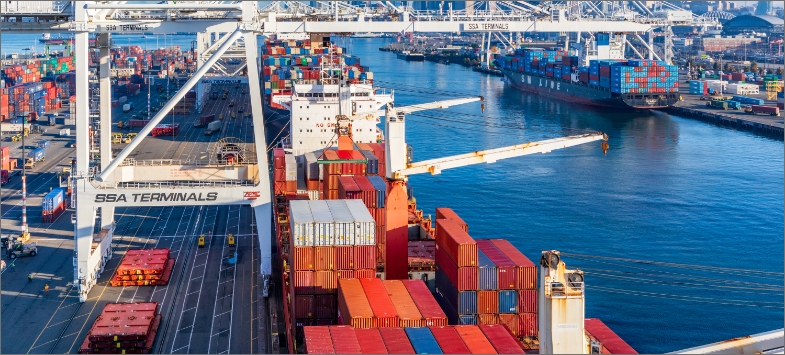

Ports
Recent supply chain issues and widely reported congestion at the nation’s busiest port complexes underscore the criticality of New York State’s port infrastructure. As New York prepares to deliver on green power goals focused on offshore wind generation, its critical port assets will be required to play a dual role: enabling the massive offshore developments to progress, while continuing the ports’ traditional function as the gateway for the state’s economy. In general, most of the ports in the state have adequate highway and on-dock rail access and are dredged to depths between 25–50 feet. Most ports are in the process of adding additional capacity. Wharf conditions range widely, from good to poor. However, aging infrastructure and limited funding represent challenges that will need to be overcome.
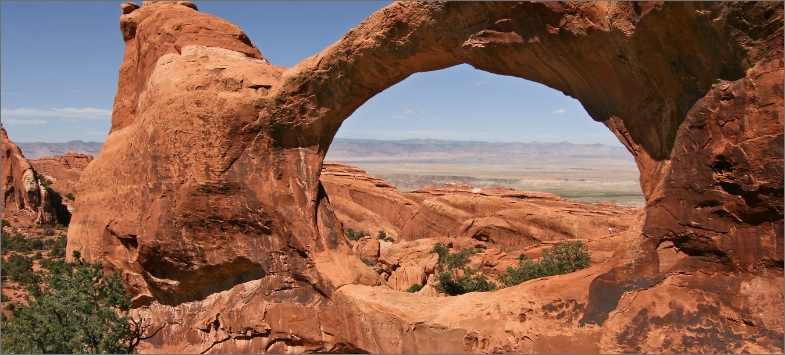

Public Parks
Public parks benefit the New York State (NYS) economy by generating over $40 billion in consumer spending for the state each year and directly supporting 313,000 jobs. Parks also improve resilience to climate change and create habitat for species diversity. Moreover, COVID-19 changed the public’s behavior, lifestyles, and work cycles that led to an increased dependency on parks. Against this backdrop, NYS parks funding decreased 6% in 2021 as compared to 2020. New York State Office of Parks, Recreation and Historic Preservation (OPRHP) has determined the need for additional recreational facilities, primarily in urban areas. The NY Parks 2020 initiative resulted in $900 million to parks between 2010 and 2020. To restart similar growth, innovative funding such as the Restore Mother Nature Bond Act and a greater emphasis on public-private partnerships is needed.
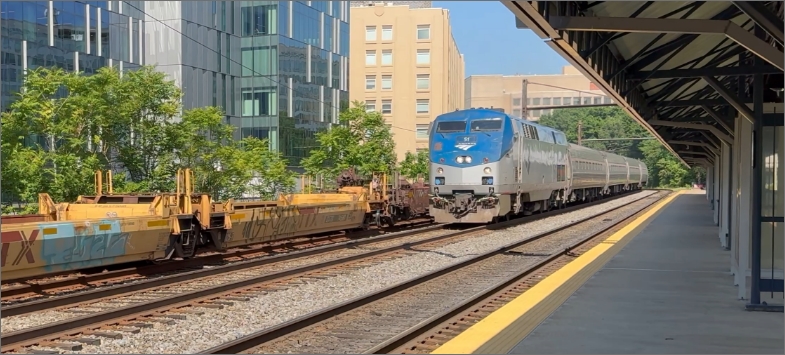

Rail
There are over 3,300 miles of rail lines that move passengers and goods in 62 counties and 62 cities throughout New York State. The freight railroads – four large Class I railroads and 36 regional and short-line railroads – own and maintain the backbone of track infrastructure in the state. Amtrak owns and operates 150 miles of track along the Northeast Corridor route that runs from Washington, D.C. to Boston, MA. Overall, freight rail transportation is well positioned to deliver the key services expected by New York customers, while Amtrak’s Northeast Corridor faces a $38 billion backlog of maintenance. The Gateway Program, a series of projects aimed at adding passenger capacity under the Hudson River and into Penn Station, is beginning to move forward, with capacity and condition improvements expected. Meanwhile, Moynihan Train Hall opened in 2021, bringing Penn Station – the busiest railway station in North America – into the 21st century. Many of the 650,000 daily Penn Station passengers can now share this spacious and modern facility.


Roads
New York’s vast network of over 240,000 lane-miles of roadways connect communities and provide a critical economic function. Deferred maintenance has resulted in rough roads, congestion, and safety deficiencies – with New Yorkers footing the bill. While 55% of New York’s major highways are rated in excellent or good condition, the remaining nearly half are considered to be in poor or fair condition. The combination of rough roads and congestion costs motorists a total of $7.7 billion statewide annually – that’s $759 per driver in NYC, $423 in Albany, and $568 in Syracuse. The outlook for funding from federal and state sources has improved in the near-term, however, long-term fixes to existing dedicated funds, or new funding streams, are still sorely needed to return the system to a state of good repair. Equally important as bridging the funding gap, improving New York’s roads will also require: enhanced collaboration and innovation, improved project delivery, resilience strategies, and investments in workforce development.
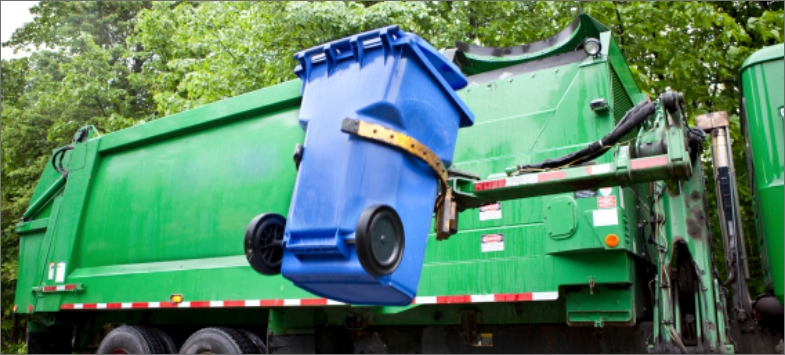

Solid Waste
Improper management of municipal solid wastes (MSW) can result in significant impacts to public health. Fortunately, over the past 50 years, New York’s state government, local governments, and private companies have developed facilities and programs that provide the highest level of protection of public health and the environment while at the same time establishing sustainable recycling trends. Based on data from the 2018 Annual Reports from New York State’s (NYS) solid waste management facilities there are 53 lined landfills in the state and 16 to 25 years of excess capacity. New Yorkers generated about 5.12 pounds of MSW per person per day, a rate 4% higher than the national average of 4.9 pounds per person per day. Continued efforts are required to further reduce, reuse, and recycle materials before they become waste products. Since the 2018 data recycling rates have leveled off or even decreased slightly. Efforts should focus on expanding waste diversion; increasing recycling markets and technologies considering the China National Sword policy; and preventing and managing toxics and emerging contaminants in the waste stream.
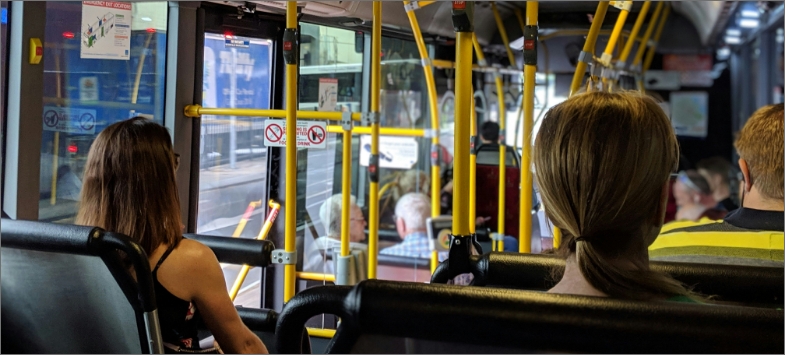

Transit
New York’s more than 100 transit systems face challenges as they grapple with significant maintenance backlogs, the need to become more resilient, and a push to transition away from fossil fuels. Transit systems across the state operate over 16,000 revenue vehicles, more than 1,700 miles of subway and rail track, over 150 miles of tunnels, tens of thousands of stations, bus stops, and landings, and much more. While many agencies have made significant progress over the last decade in modernizing and updating their infrastructure, there continue to be significant needs, and significant escalation in capital costs continue to keep pace with or exceed new revenue sources, exacerbating an already large funding gap. Today, capital investment needs total approximately $64 billion through 2024. New York City’s Metropolitan Transportation Authority must grapple with a $62.1 billion state-of-good-repair backlog across its 12-county service region. Upstate and suburban transit agencies will need to address a $1.7 billion backlog through 2024. Funding is needed to replace thousands of vehicles that will be beyond their service life, modernize subway and commuter rail infrastructure, improve ADA accessibility, transition to zero emission technology, and much more.
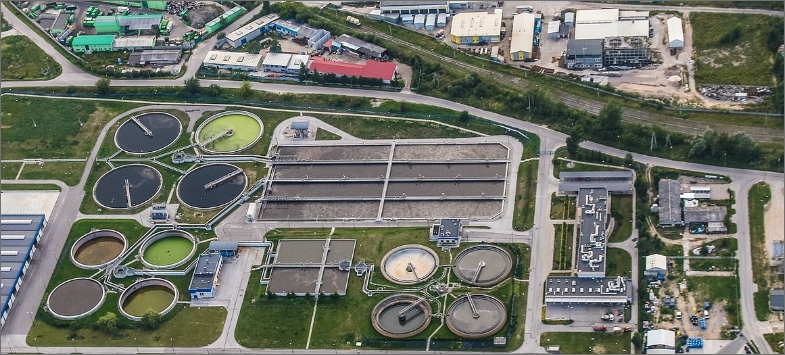

Wastewater
There are over 35,000 miles of sewers in New York State. Approximately 40% are more than 60 years old and about 10% were built before 1925. Aging sewer infrastructure leads to increased infiltration and inflow, broken pipes, clogging, exfiltration, and equipment failures. These occurrences can stress systems that are already at or near their capacity and can cause combined sewer overflows. While significant investments have occurred, including $18.2 billion in funding since 1990 from the New York State Environmental Facilities Corporation through the Clean water State Revolving Fund and recovery funds after Superstorm Sandy, infrastructure continues to age and is in need of renewal. At a minimum New York State needs to invest at least $38 billion now to meet the current deficit and at least 10 times that over the next 20 years to repair existing systems, meet increasing demand, and meet Water Quality Standards. Additionally, approximately 25% of the State population is serviced by onsite wastewater systems, which are also aging and in need of maintenance.
State Fact Sheet
Download Fact Sheet
Aviation
$113.2 million in 2024 airport improvement grants across 24 major airports

Drinking Water
$35.1 billion total drinking water need

Transit
3 billion passenger trips across 81 systems in 2023

Bridges
17,642 bridges, 9.4% of which were structurally deficient in 2024

Hazardous Waste
122 Superfund sites

Wastewater
$41.7 billion total wastewater need

Dams
438 high hazard dams

Levees
122 miles of levees protect $6.1 billion of property.

Roads
46% of roads are in poor or fair condition

Connect with Your Legislators
Let everyone know how important it is that we continue to invest in the future of America’s infrastructure.
Take Action Today



